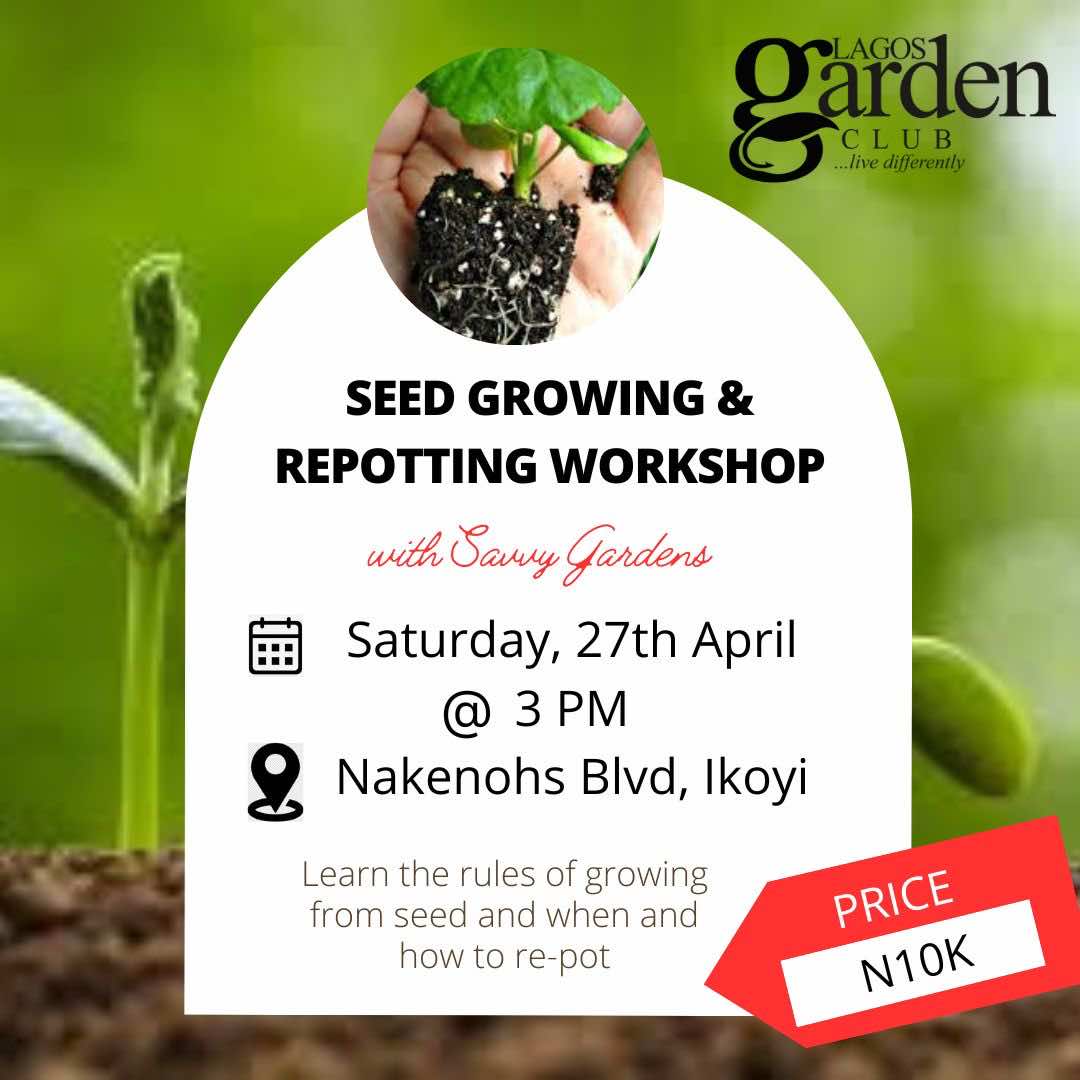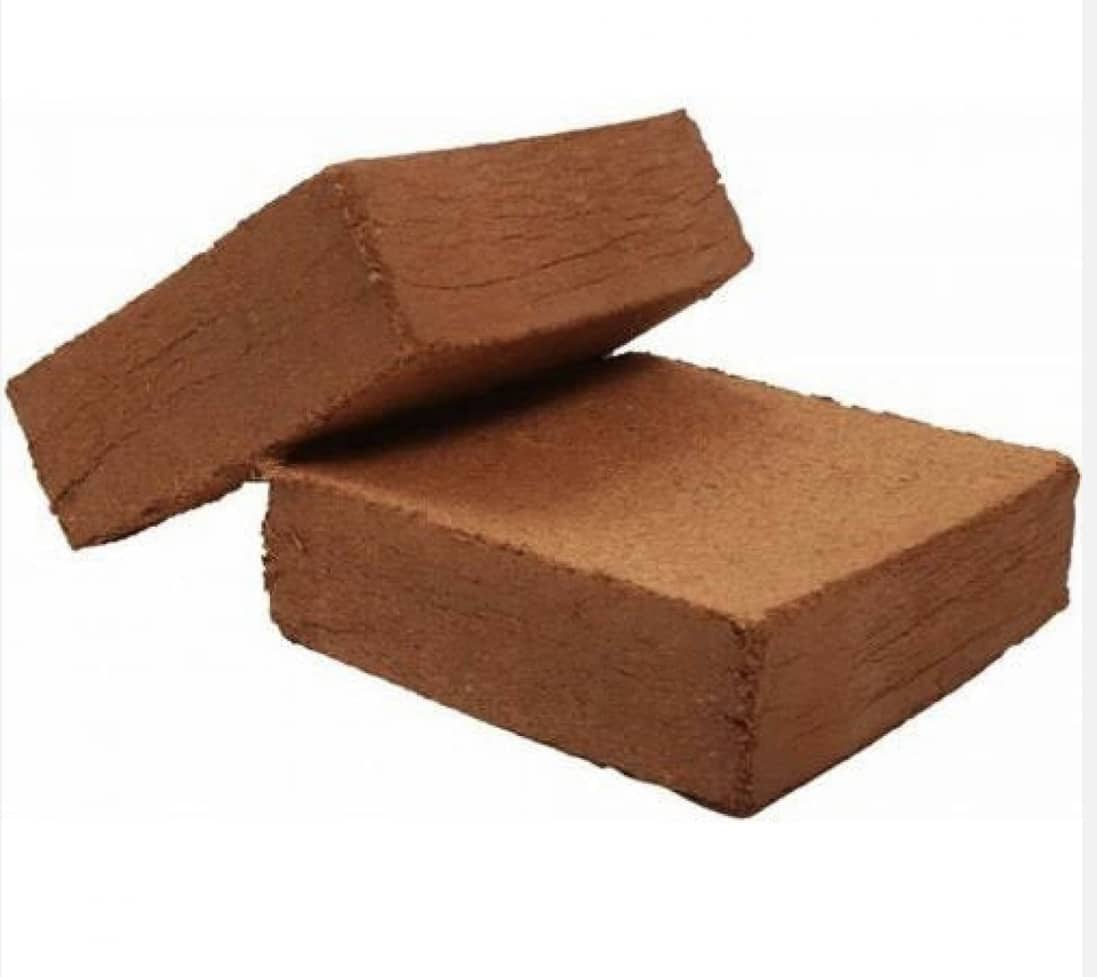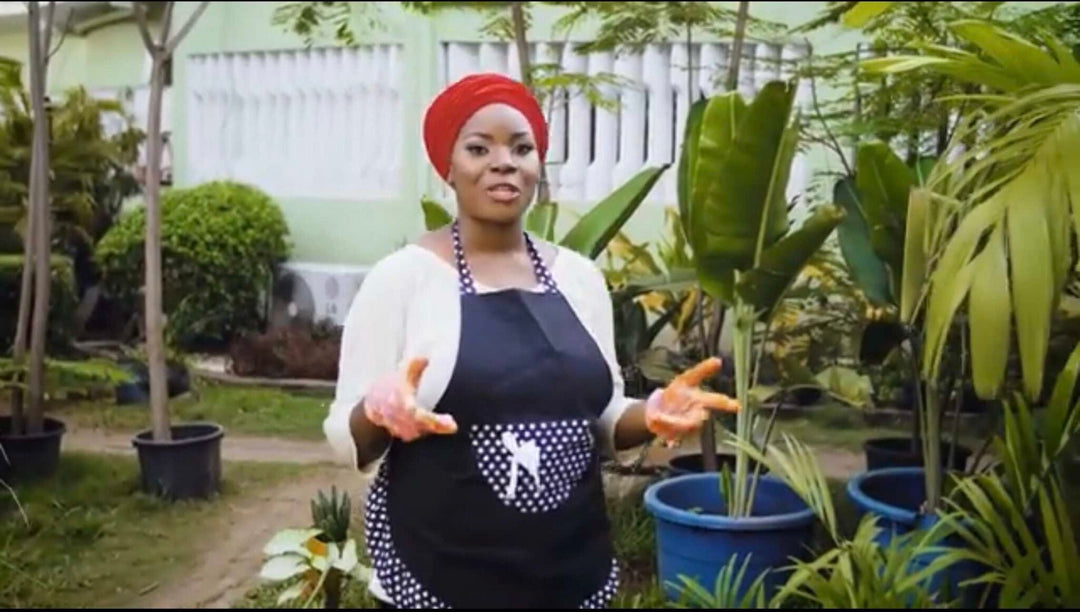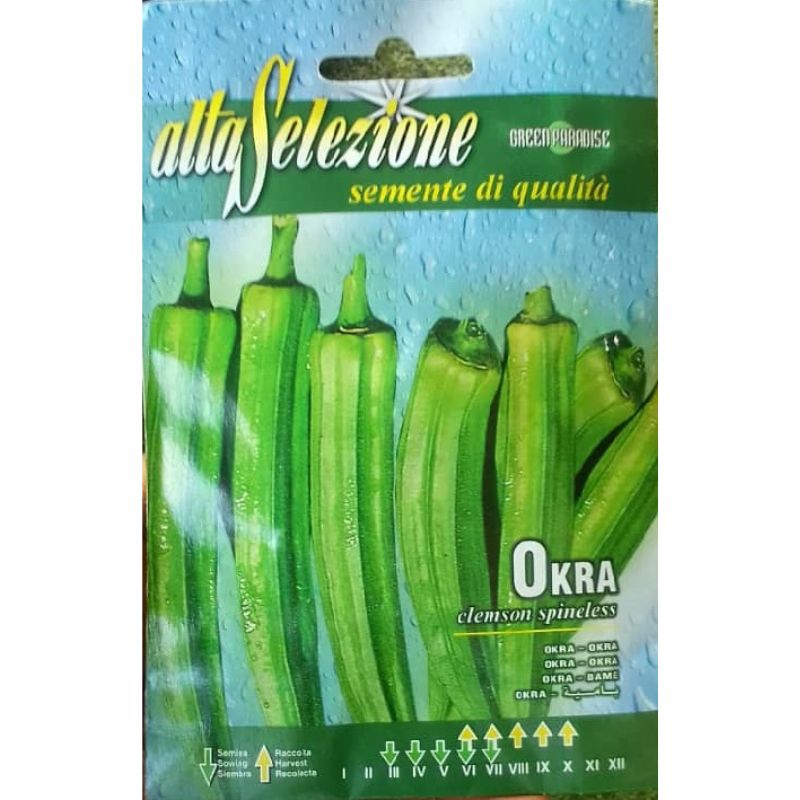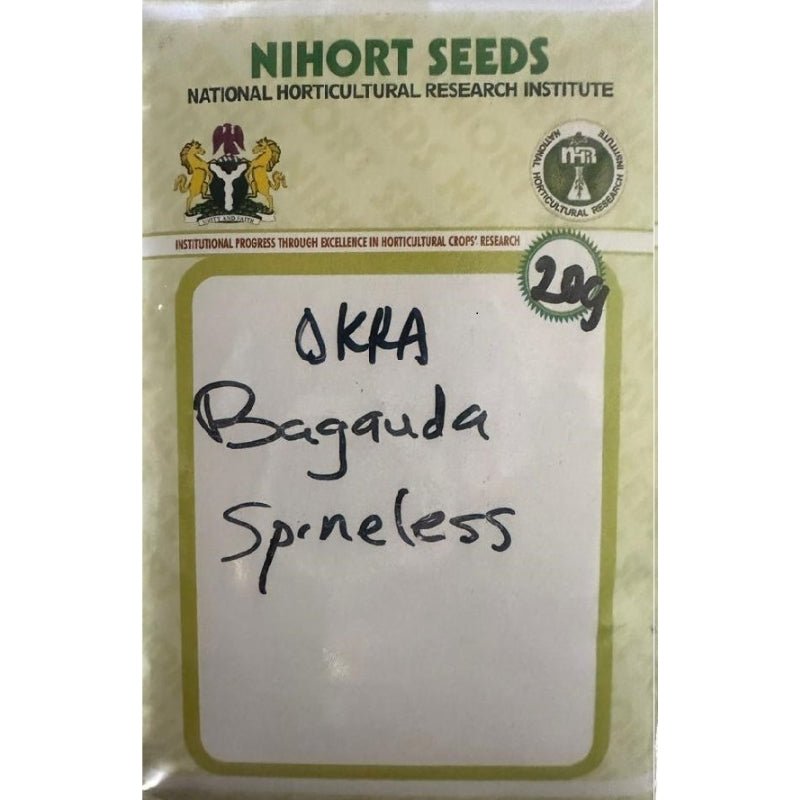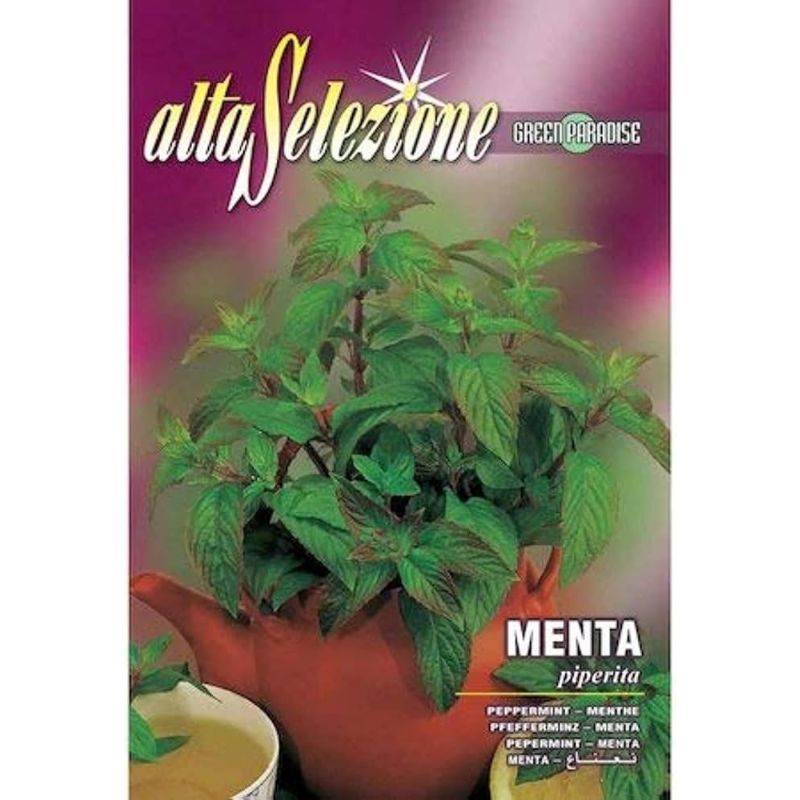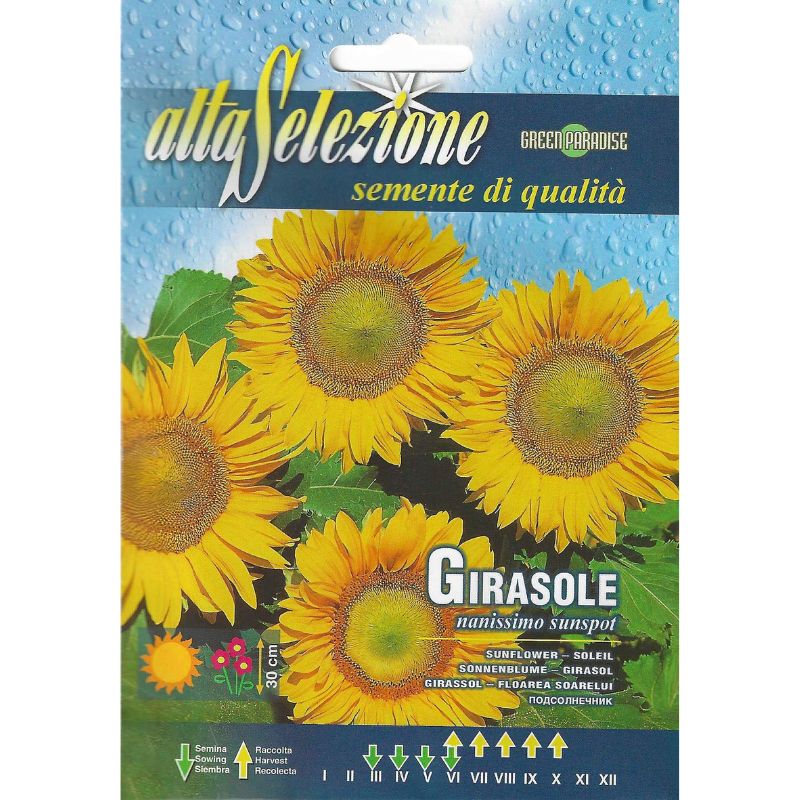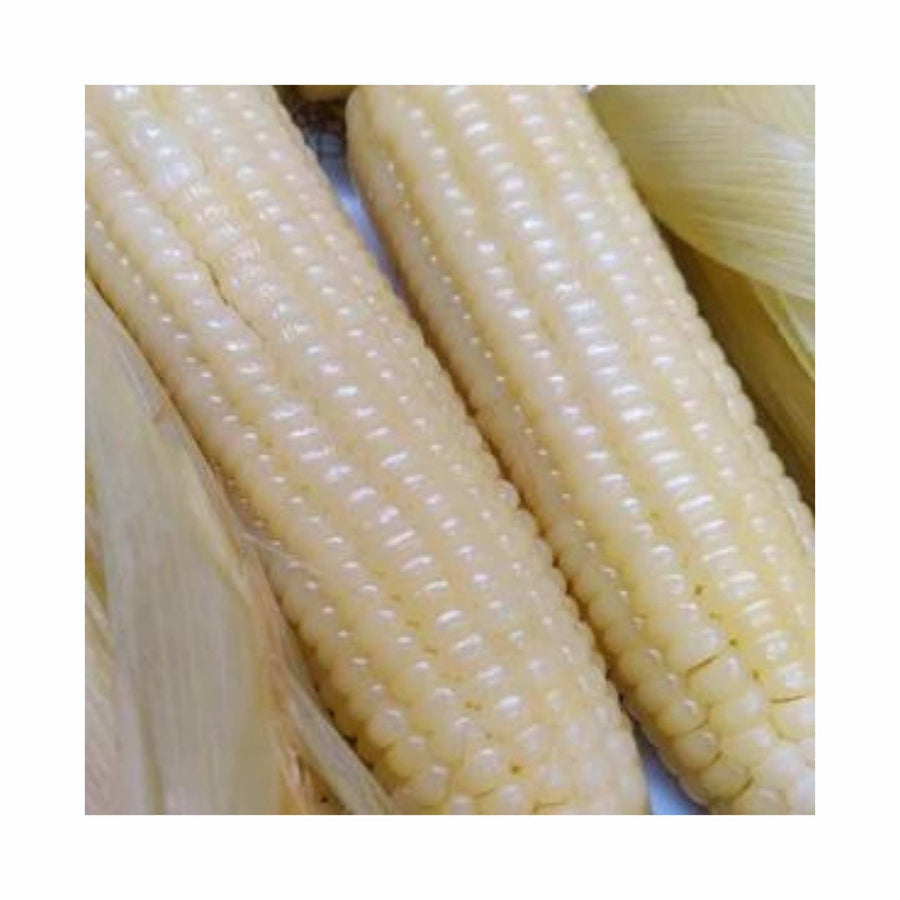Basics of Plant Propagation
As a gardener, one important skill you simply have to learn is how to propagate your plants. By means of propagation, you could produce more plants from almost any plant you have. It is an important process to increase the diversity of the plant species in your garden.
Types of Propagation
Generally, propagation is grouped into two methods. Sexual propagation and Asexual or vegetative propagation.
Sexual propagation
This type of propagation is done by means of sexual reproduction, meaning seeds are involved. In the fertilized seeds, the genetic materials coming from the male and female flowers are united. It becomes viable for growth once it reaches maturity.
This type of propagation is the natural means of propagation by most plant species.
How to Propagate Seeds?
- Choose high-quality, viable and disease-free seeds
The condition of the seeds used in propagation will determine the vigour of the plant you’re about to grow. Always start with viable seeds, one that is healthy and is free of diseases. If you’re unsure of the quality of the seeds that you have, it’s best to purchase them from reputable sources.
Our seed collection offers a wide variety of choices from vegetables to ornamentals and they are of excellent quality.
- Prepare an appropriate seed starting media
Whether you are preparing your own media or buying a ready to use one, always remember these three qualities: loose, porous, and fine-textured. This will aid easy root penetration and shoot emergence of the developing embryo. Adding soil amendments such as vermiculite, perlite, or peat/coco peat would help achieve such texture. Also, don’t forget to sterilize the media before use in order to kill disease-causing organisms.
- Use seed trays or growing pots
Seedlings require a different kind of tender, loving care as they grow. So, they need to be placed in a container like a seed tray or pot to facilitate their growth in a controlled environment until they’re hardened off enough to withstand the elements. Containers such as seed pots and pellets, seed trays, and grow bags are available and they can be used depending on what type of seed you are growing. Recycling materials to serve as temporary containers for the growing seedlings is also recommended.
- Provide enough water, oxygen, temperature and light, (if necessary)
Viable seeds will start growing once the environmental conditions get suitable. That means there should be enough water present, oxygen available in the soil, an ideal temperature for growth and sometimes, the presence of light. Different seeds would have varying requirements so it is crucial for you to always check the seed label. These important details are included in the seed packets.
- Harden off the seedlings
To avoid transplant shock, seedlings have to undergo a hardening-off process. As they are accustomed to a sheltered environment, they have to be prepared for the natural conditions outside. To do this, you can gradually increase their exposure to sunlight each day for a week or two until they have toughened up.
- Transplant the seedlings
Usually, growing seedlings require a specified timeline before they are ready for transplanting. This can be anything between 2-6 weeks or more. This depends on the rate of germination of the seeds. Ideally, you should wait for the first true leaves to unravel before transplanting.
Asexual Propagation
This makes use of the vegetative parts of the plant to produce new plants. This is usually done by separating that single portion and allowing it to grow on its own. The plant produced is a clone of the mother plant.
In other species, this type of propagation is preferred especially if seed production is difficult. There are various ways to perform asexual propagation. The following are the most common:
- Cuttings
This is done by cutting a portion of the plant such as stem and/or leaves. Once they are separated, they are simply planted in a new container and are taken care of until the roots start growing and become established. The use of rooting hormones to speed up the growth of roots is also a common practice.
- Layering
Layering is another method of asexual propagation. Here, branches are first rooted while attached to the mother plant before they’re separated. There are different types of layering but one of the most common is air layering. First, a mature branch is chosen where the layering will be done. A small portion of the bark is peeled off until the woody part is exposed. It is then scraped off to remove the cambium layer before it is wrapped with a moist medium. After that, a plastic sheet is used to cover that wounded portion.
After a few months of regular watering, the layered portion will produce its own roots. Once the volume of the roots are sufficient, you can cut off the layered portion and plant it separately.
- Grafting
In grafting, two plants are involved: one is the rootstock and the other is a stem or scion. A rootstock serves as the root system and the scion becomes the upper portion of the plant. These two parts are united by making cuts and inserting/joining the scion to the rootstock. The united part is covered with grafting tape to secure them and let them heal. The joined plant parts will then grow as one, bearing the best qualities of each plant. Another type of grafting known as budding makes use of a bud as insertion rather than a stem.
- Tissue Culture
This is a more sophisticated method of propagation because it is best done in a laboratory to avoid contamination. Here, a small portion of the plant that is composed of the actively growing cells (meristem) are cultured in a solution in a controlled environment. The tissue will grow through time in the laboratory until they are ready for transplanting. While this method is not usually adapted by small growers due to its complicated process, many tissue cultured plantlets are already available in the market. One advantage of tissue-cultured plants is that they are disease-free.
It requires practice and experience to perfect the different propagation techniques. There are various methods you could employ but remember that each plant has its own preference. You just have to know what propagation method best suits the species that you are about to cultivate.


